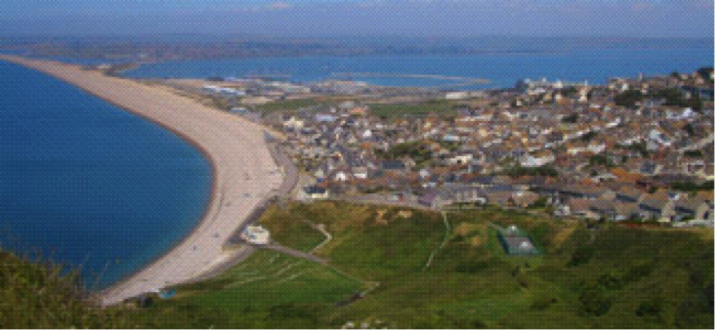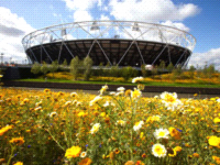
The London 2012 Olympic and Paralympic Games have been hailed as the most sustainable ever – and the natural environment has been a real winner. Natural England’s role in developing and implementing the sustainability goals have been praised by David Stubbs, the Head of Sustainability on the London Organising Committee of the Olympic and Paralympic Games (LOCOG). He said: “We are immensely proud to have achieved our sustainability goals and this would not have been possible without the proactive engagement from the Natural England team.”
Natural England and its partners reveal how green infrastructure is an important element of the Olympic legacy, through the publication of four green infrastructure case studies and two micro-reports, which capture experiences and lessons learnt. These reports summarise how the designation of sites as venues for the 2012 Olympic games provided a catalyst for the investment in green infrastructure, and how through co-operation of several partners the number of services provided by the environment in and around the venues can be increased, which will in turn improve biodiversity and peoples well being.
Case Studies:
Queen Elizabeth Olympic Park
The Queen Elizabeth Olympic Park (132), one of the largest parks to be built in the UK this century covers an area of 45ha and provides a valuable example of green infrastructure design in an urban setting. Natural England and the Olympic Delivery Authority worked closely during the green infrastructure planning, design, implementation and management stages to draft a pioneering Biodiversity Action Plan for the park and to deliver a suite of ecosystem services. The park provides benefits for flood mitigation, climate change adaptation, and biodiversity and provides a place of inspiration.
Weymouth and Portland Olympic Sailing Venue
The newly created Lorton Valley Nature Park (194ha) at the Olympic sailing venue integrates three existing SSSI nature reserves (Lorton meadows, Lodmoor nature reserve, and two mile coppice), forming a strategic element of Weymouth and Portlands green infrastructure network. This enhanced connectivity was made possible by land acquired as part of the environmental mitigation for the new Weymouth Relief Road. Establishing the nature park has brought improvement to the statutory and permissive footpaths throughout the valley with better signing and information, giving local residents better direct access to the natural environment.
The Portland Quarries Nature Park (60ha) has been created on the Isle of Portland, at the heart of the Jurassic coastline, to coordinate the restoration of four disused stone quarries that are locally and nationally significant for their geology and biodiversity. This project provides a key green infrastructure resource ensuring better public access, long term management, the promotion of sustainable tourism, and opportunities for volunteer and community involvement. The Nature Park provides an innovative cultural destination for local people and visitors, which will improve commercial benefits for local businesses and facilities across the island and wider area.
Hadleigh Farm Mountain Biking (Essex)
Natural England, Essex County Council and the Salvation Army worked together to increase biodiversity at Hadleigh Farm mountain biking venue through the design of the Games-time elite course. This innovative course integrates elite and general mountain biking facilities with nature conservation objectives. Through the process the quality of the Benfleet and Southend Marshes SSSI is also being improved through Higher Level Stewardship agreements, and the Legacy facilities for sport and recreation are projected to increase the number and mix of visitors to the area.
For more information:
Please visit the Natural England webpages on the London 2012 legacy
Information and pictures within this article were provided by Jacqui Stearn (Natural England London 2012 Programme Manager).
